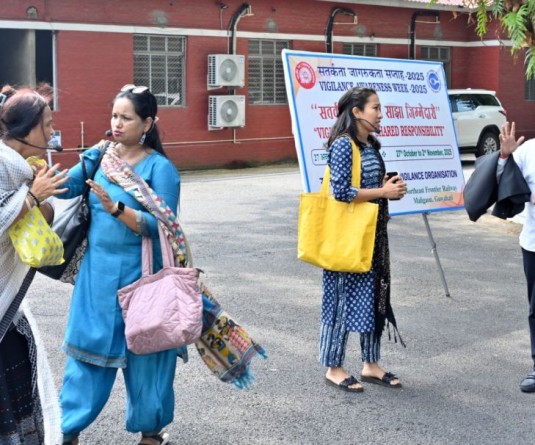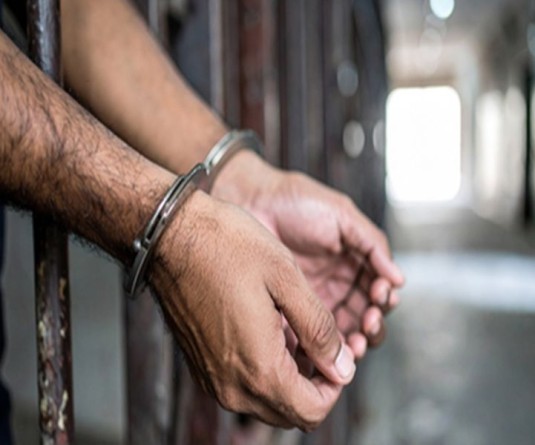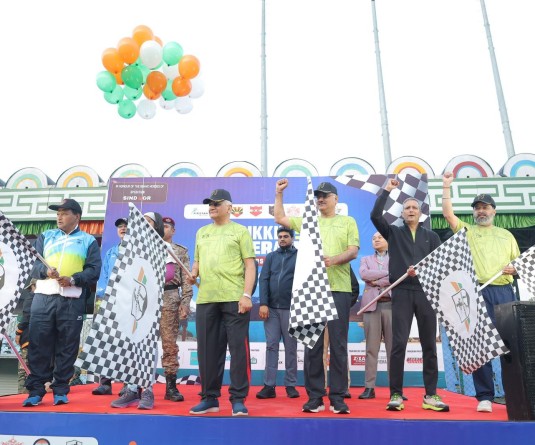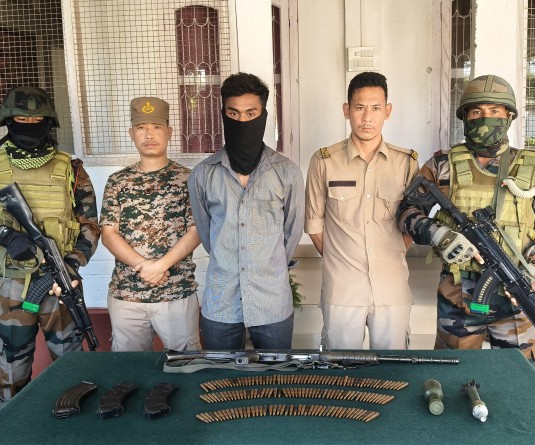In this image, activists from NPMHR and MASS are seen here interacting with parents of Janak Moran at Motapung village, near Makum in upper Assam.
December 26 killing under scrutiny
Special Correspondent
Jorhat/Tinsukia | January 4
An aged Nirmal Duara looked shell-shocked as he responded to questions from a team of human rights activists from Assam and Nagaland regarding the murder of his son and two other young men. On December 26, 2011 his 21 year-old son, Dhiraj Duara, a young man who made a living by selling oranges from his family orchard, his friend and neighbour Janak Moran (also 21) and the latter’s cousin, Siva Moran (24), were killed by Indian army.
The three young men were residents of adjacent villages under the Makum police station in Tinsukia district of Assam. They were last seen by their family and friends near the petrol pump in Makum on December 26, 2011 and not heard from again. Lileswar Moran, a school-teacher and the father of Siva Moran, said that he was worried that his son had not returned but did not pay much attention as he said that he had seen him with his friends in Makum in the early evening of December 26. He kept calling Siva’s mobile number all night but no one picked up the phone. Speaking to the activists, he said that someone picked up the phone at 7.50 am the next morning and rudely asked him who he was.
Upon being told that he was the father of the owner of the phone, he was again told to send someone to Namsai police station in Arunachal Pradesh to know about the outcome of the matter. In the meantime, television channels in Assam had already begun flashing the news of an encounter, where the Indian army had managed to kill 3 suspected members of United Liberation Front of Assam (ULFA).
Namsai is across the border from Tinsukia district. According to police officials, both at Namsai and Makum, Tinsukia district is rife with extortion and kidnappings. It is easy for perpetrators to slip in and out of the border. It is also a place where there is political turmoil and mobilization, mainly by the anti-talks faction of ULFA and by Assamese Maoists, especially along the foothills and in the tea estates. Tinsukia district is home to a mosaic of ethnic communities.
The Moran and Mottock tribe consider it to be their historical and political heartland. However, over the last century they have been marginalized both by the capitalist transformation of agriculture and by the infusion of settler communities from different parts of the sub-continent. The tea industry does not employ too many local Assamese tribes and the oil and coal industries are nationalized, thereby drawing skilled labour from different parts of India.
Much of the local industry and contracts are secured by rich non-Assamese businessmen. It is not hard to see why there is social and political ferment in the area.
Local activists from the All Assam Moran Students Union (AAMSU) allege that this creates a lucrative environment for those who wish to pursue a life of petty crime and blame it on some political group or the other. The activists further claim that high ranking police and army officials often collude with such petty criminals for their own personal gain.
Local activists claim that such killings of young men fit a pattern of unaccountable counter-insurgency campaigns, where promotions and fiscal incentives are based upon showing the elimination of supposed insurgents.
The murder of the three young men leaves several unanswered questions. The army commanders in Arunachal Pradesh’s Namsai district claim that they had prior information about the movement of alleged insurgents in the area. They claim that they fired in self defence and have filed a case under the arms act against the deceased. The post mortem reports and photographs of the slain men show signs of torture. The local media, activists and kin find it improbable that three young men would willingly ride out on one motorcycle wearing little else but t-shirts on a cold winter night and try and cross over to Arunachal Pradesh. The gaonburah of Dighalihati village, as well as the ward member of Motapung village, insisted that the youth were innocent and that they had no dealings with any armed organization. Local police personnel at Makum claim that the boys did not have any cases pending against them and were not involved in any political activity.
AAMSU and other social and political organizations have protested against this fake encounter under no uncertain terms. After a fact-finding mission to the area, human rights activists from Naga Peoples Movement for Human Rights (NPMHR), Axom Mohila Sachetan Mancha (AMSM) and Manab Adhikar Sangram Samiti (MASS), demand that the government of Assam constitute a judicial inquiry into the killing of the innocent youth. They further demand that the guilty security personnel be tried in a civilian court and that the families of the victims be paid an adequate compensation for the deaths.






